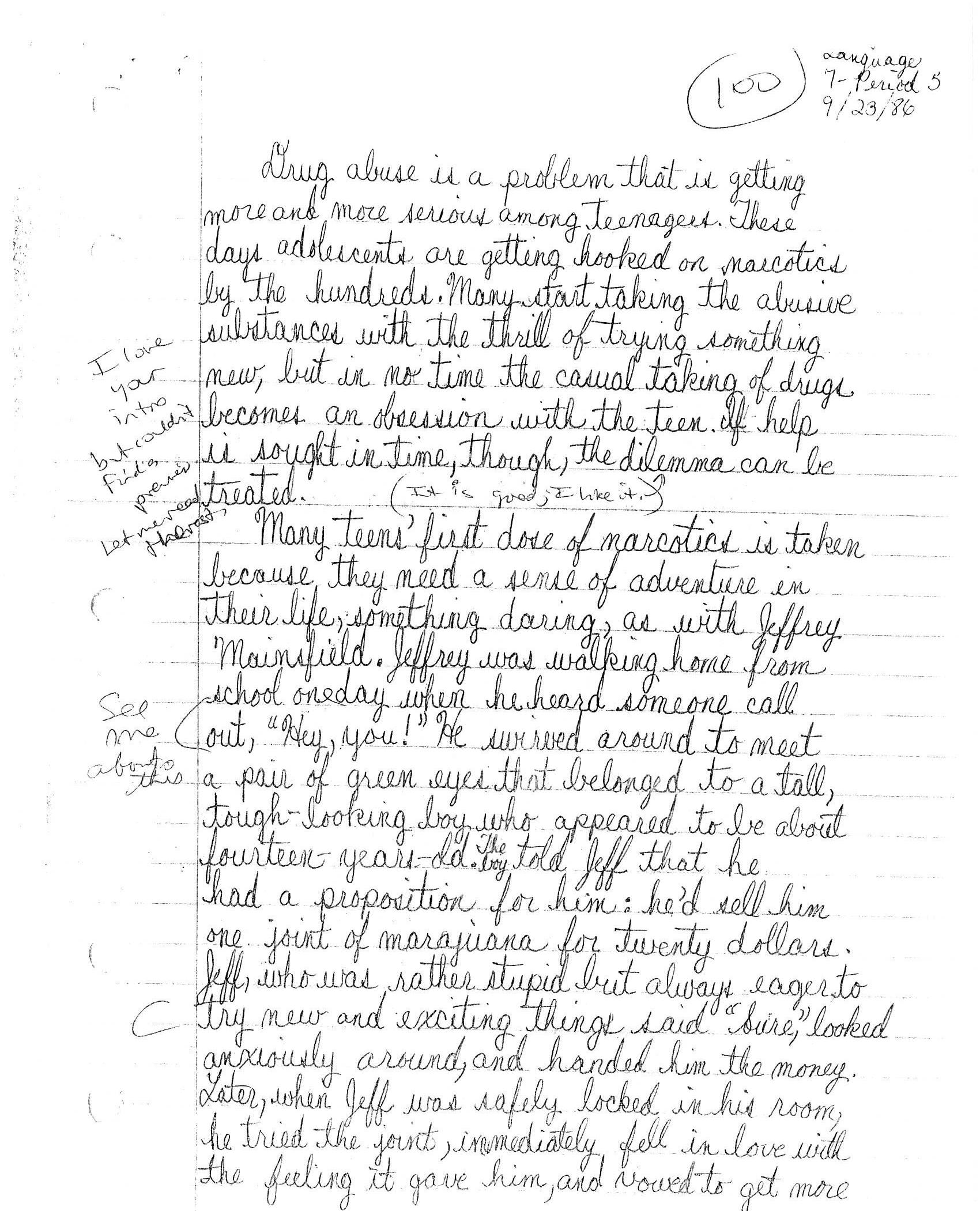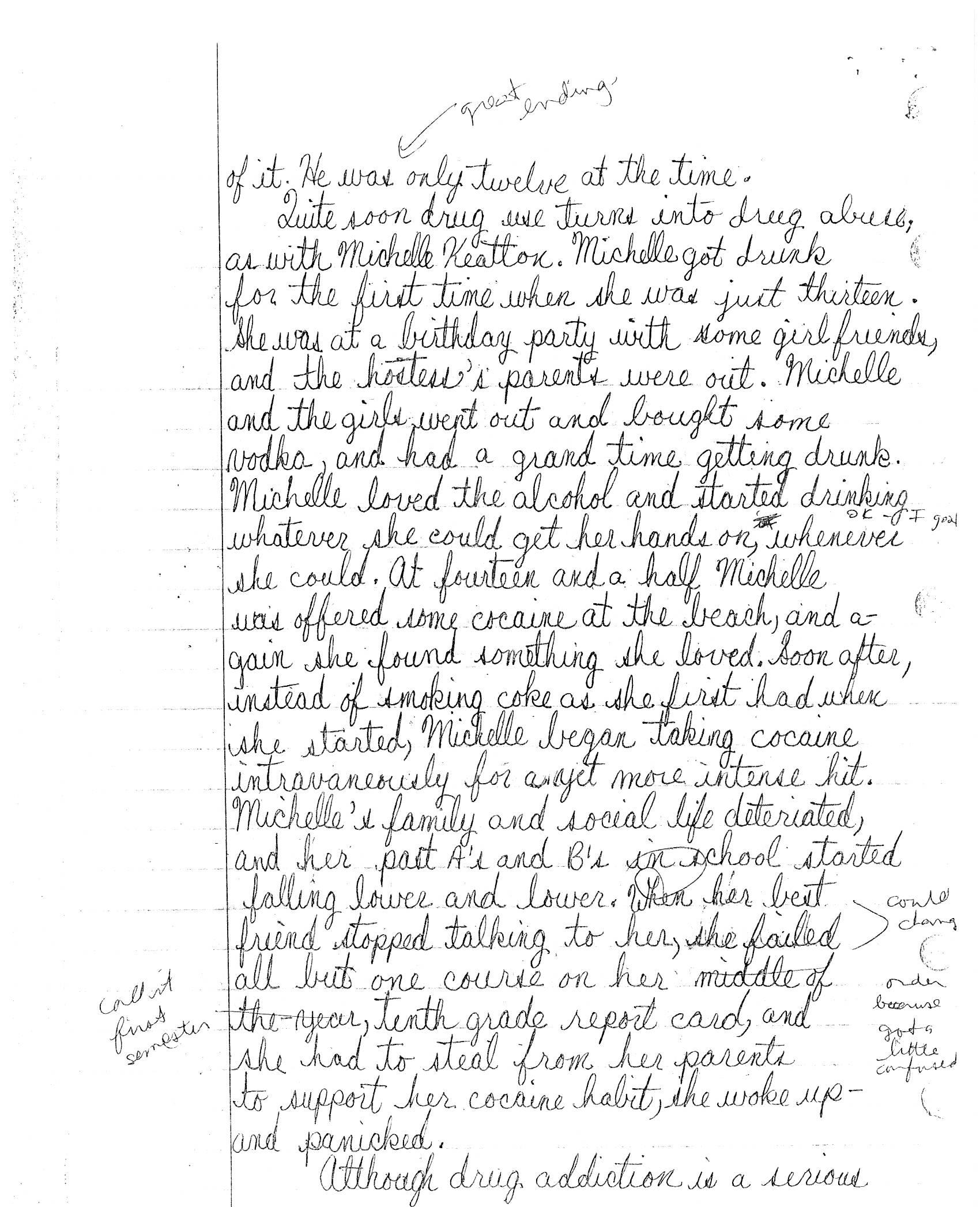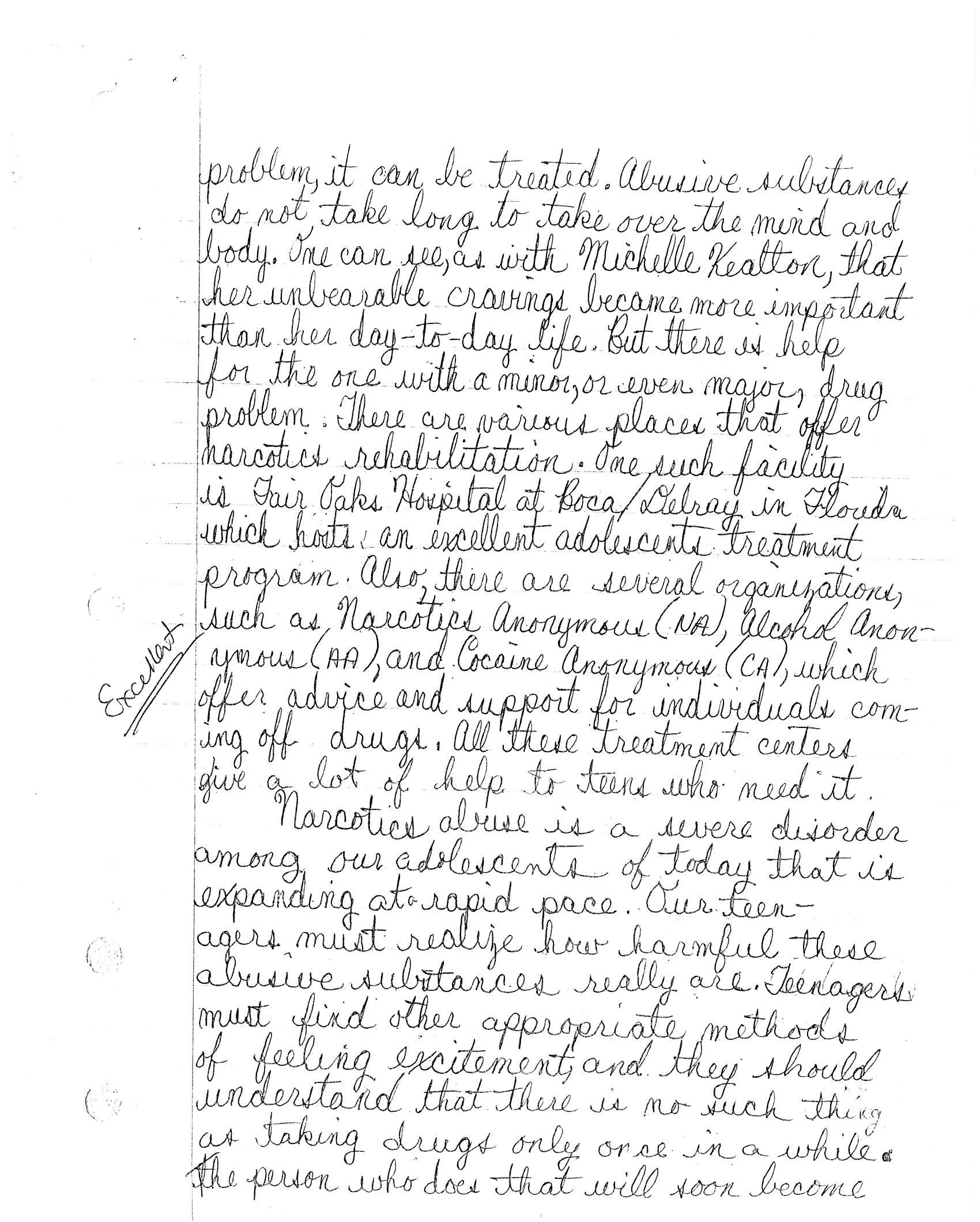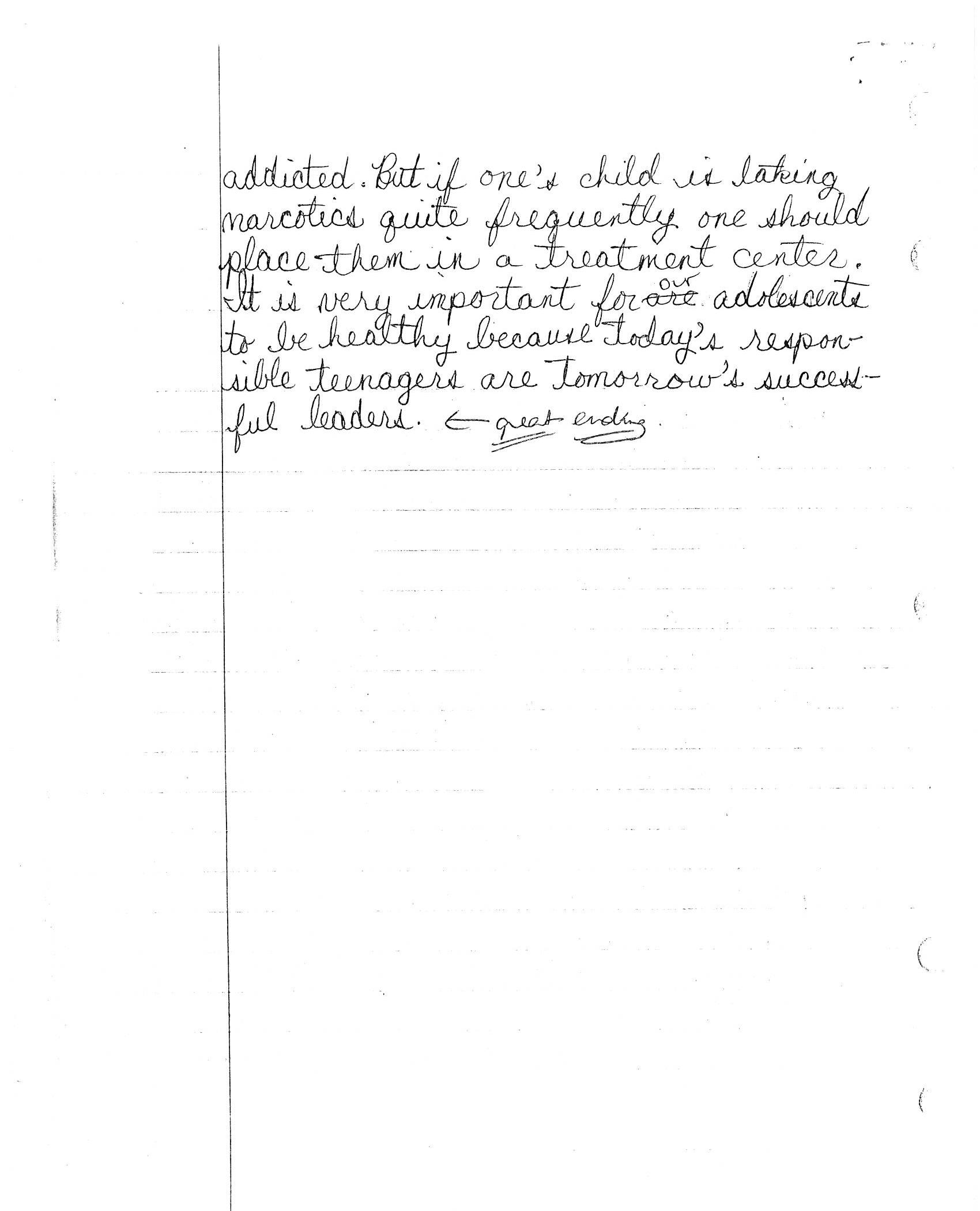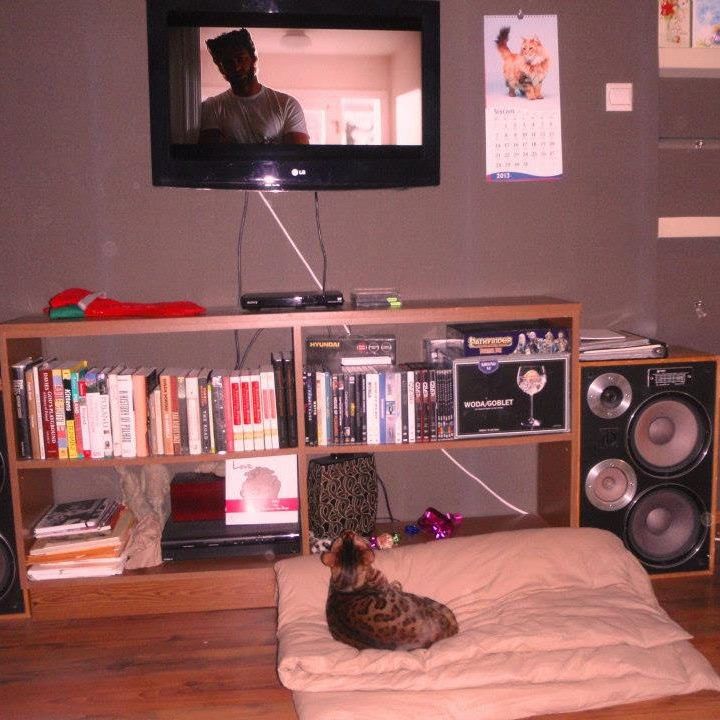In The Body in Pain, Elaine Scarry talks about how physical pain steals language. Grief robs something else: movement. It paralyzes. When grief is in response to someone’s death, the irony is that they have moved on, but we survivors are stock-still.
A few days ago, my father died. People who have read my essay, “The Man in White Underwear Thinks I’m Crazy,” will know that his and my relationship was irrevocably fractured. I hadn’t spoken with him for several years. I don’t feel that I didn’t get to say what I wanted. I feel that I didn’t get the time to think of what I might have said.
Now, as I’m mourning, it’s not that I can’t describe my grief in language. I could. Grief is the swell of a wave that never breaks; it’s the broken edges of pottery not patched with gold; it’s an hour of lead; it’s soot and ash; it’s a black crow feathering the heart.
But I just don’t have the energy.
There are places I can’t go. I used to cry promiscuously. I used to thrill and hum like a cathedral spire. My journeys stay close to home today.
Maybe I would say to him: I was built for joy as well as suffering. But not now.

